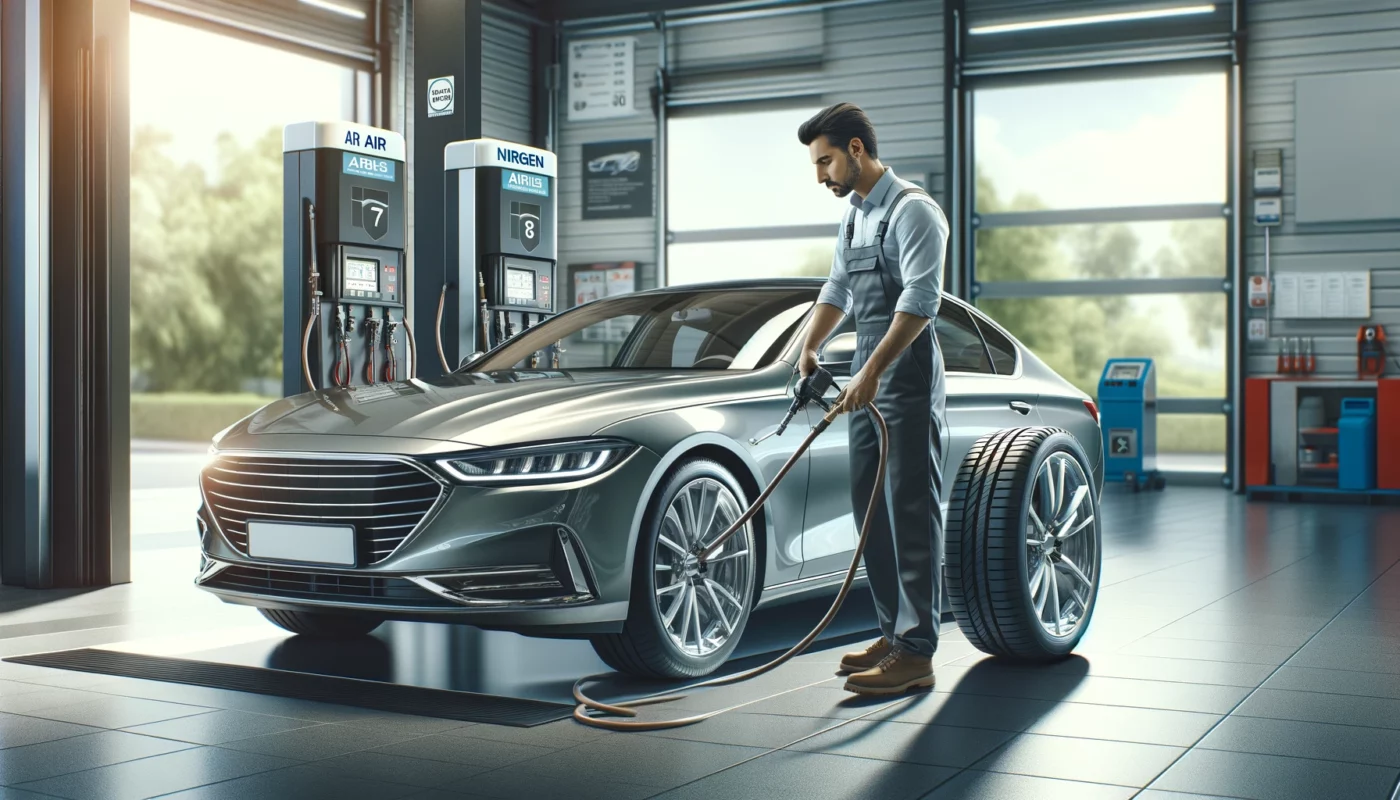Insights
Nitrogen vs. Compressed Air for Tires: Which Provides Better Performance and Efficiency?
Choosing the Right Air for Your Tires: Nitrogen vs. Compressed Air
When it comes to inflating vehicle tires, the type of air used can make a significant difference in performance, safety, and maintenance. Most drivers typically use compressed air because it’s widely available and inexpensive. However, nitrogen is another option that offers several advantages, particularly for specific uses. In this post, we’ll explore the benefits and drawbacks of both nitrogen and compressed air to help you decide which is better for your everyday driving needs.
Understanding Compressed Air
What is Compressed Air?
Compressed air is simply regular atmospheric air that has been compressed to a higher pressure. It contains roughly 78% nitrogen, 21% oxygen, and 1% other gases.
Benefits of Compressed Air
- Accessibility: Compressed air is available at most gas stations and is often free or very low cost.
- Convenience: It’s easy to use and readily accessible for most drivers.
Drawbacks of Compressed Air
- Moisture Content: Compressed air contains moisture, which can lead to wheel corrosion and affect tire pressure variability with temperature changes.
Exploring Nitrogen
What is Nitrogen?
Nitrogen is a dry, inert gas used to inflate tires, offering some distinct advantages over compressed air.
Benefits of Nitrogen
- Reduced Moisture: Nitrogen is less likely to contain moisture, reducing the risk of corrosion on wheels.
- Stable Pressure: Nitrogen-filled tires maintain more consistent pressure, reducing the need for frequent top-ups and potentially improving fuel efficiency.
- Temperature Stability: Nitrogen expands and contracts less than compressed air with temperature fluctuations, providing more reliable performance under varied weather conditions.
Drawbacks of Nitrogen
- Cost: Nitrogen inflation can be more expensive and less accessible than compressed air.
- Availability: Not all service stations offer nitrogen, making it less convenient than compressed air.
Which is Better for Normal Usage?
For the average driver, the choice between nitrogen and compressed air depends on several factors including convenience, cost, and the specific benefits you value most. For those who drive frequently or in extreme weather conditions, nitrogen might be the better choice due to its stability and efficiency. However, for everyday use, compressed air is more than sufficient and far more accessible.
Conclusion
Choosing the right type of air for your tires doesn’t have to be complicated. For most drivers, compressed air will meet all their needs effectively. However, if you’re looking for a bit more in terms of performance and maintenance benefits, nitrogen could be worth considering. Always weigh the pros and cons based on your specific driving habits and needs.
Call to Action
Have you tried using nitrogen in your tires? Share your experiences in the comments below or let us know if you have any tips for maintaining optimal tire pressure!

